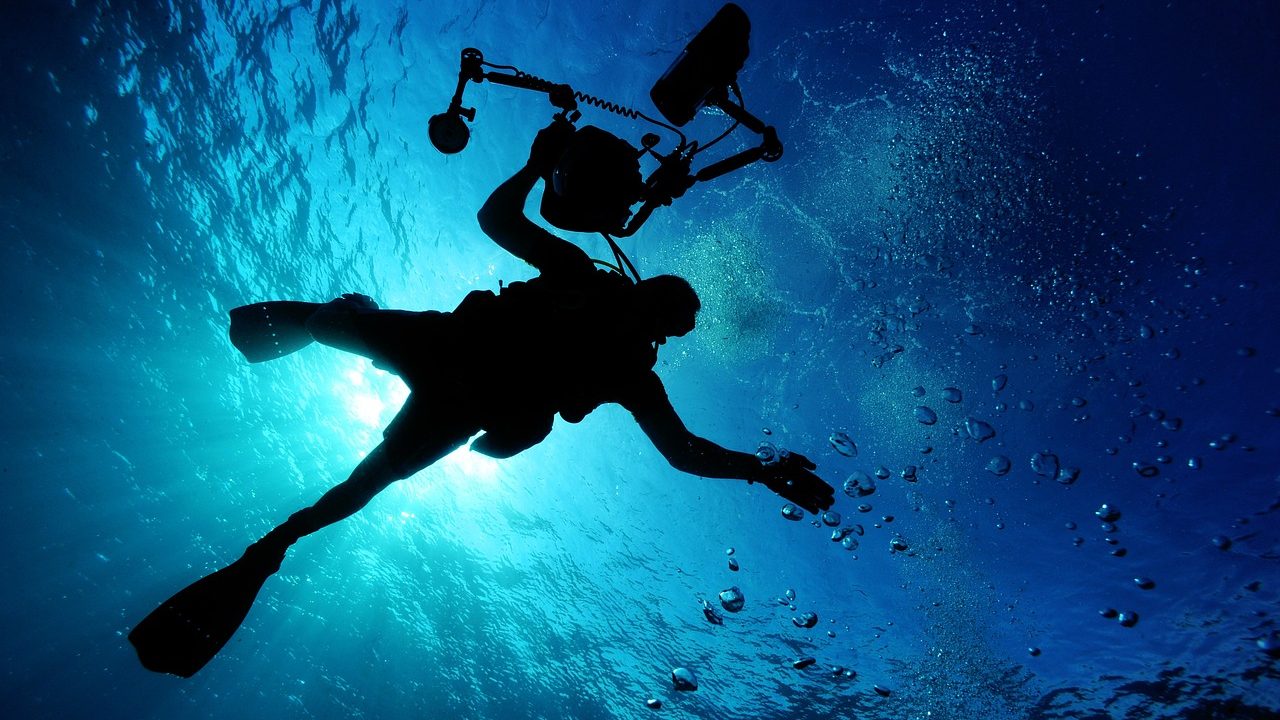Have you ever wondered what lies hidden beneath the waves of the ocean? It’s a mysterious world, full of secrets waiting to be discovered. Exploring the deep sea was a challenge for a long time because it was dark, cold, and dangerous. But now, thanks to special robots, scientists can uncover these secrets without putting themselves in harm’s way.

These robots are like underwater detectives. They have special tools like cameras and sensors that help them see and feel what’s beneath the surface. They can go where humans can’t, like deep trenches and dark caves. This allows them to find things hidden underwater, like ancient ships and lost cities. One of the best things about these robots is that they can work for a long time without getting tired. Unlike humans, who need breaks and air to breathe, robots can keep going, collecting information and taking pictures for hours on end. This means they can explore more places and find more things.
Using robots also keeps humans safe. Exploring underwater can be dangerous, with rough seas and unstable shipwrecks. But with robots, scientists can stay on dry land while the robots do the risky work. This reduces the chances of accidents and injuries, making underwater exploration safer for everyone involved. From towering mountains to diving into the depths of the ocean, our innate curiosity knows no bounds. However, one area remains largely unexplored – the underground world beneath our feet. Covered under layers of soil and rock, this hidden kingdom contains a treasure trove of secrets waiting to be discovered. Thanks to advances in robotics and technology, we are now ready to unlock these deep secrets with underground robots.
The use of robots in underground exploration is not entirely new. For decades, scientists and engineers have developed specialized robotic systems capable of navigating the complex and often dangerous environment below the surface. These underground robots come in all shapes and sizes and are equipped with an array of sensors, cameras, and tools tailored to their specific purposes. One of the main applications of underground robots is geological and mineral exploration. By placing these robotic explorers in unexplored places such as caves, caverns, and mines, scientists can gather valuable information about geological formations, mineral deposits, and underground ecosystems. This knowledge not only improves our understanding of the Earth’s geology but also has practical implications for industries ranging from mining to environmental protection. In addition to geological exploration, underground robots play an important role in infrastructure maintenance and inspection.
As aging infrastructure becomes a growing problem worldwide, assessing the condition of underground tunnels, pipelines, and power grids is of utmost importance. Equipped with advanced sensors and imaging systems, robots can easily navigate these confined spaces and detect potential defects, leaks, or structural weaknesses before they become major problems. Underground robots also play a key role in disaster and rescue operations. After natural disasters such as earthquakes or landslides, unstable terrain, and debris can hamper traditional search and rescue operations. In such scenarios, robots that can navigate tight spaces and detect signs of life become invaluable, helping rescue teams find survivors and assess the extent of damage in hard-to-reach areas. Developing ground-based robotics is difficult. Navigating the underground environment presents unique obstacles such as limited visibility, uneven terrain, and communication difficulties. To overcome these challenges, researchers are constantly improving the design and capabilities of underground robots using advances in artificial intelligence, autonomous navigation, and sensor technology.

In addition, the ethical aspects of underground exploration must be carefully considered. As we dive deeper into the earth’s crust, we must tread lightly to minimize disturbance to sensitive ecosystems and archaeological sites. Responsible research practices combined with a strong regulatory framework are essential to ensure that our pursuit of knowledge does not come at the expense of environmental or cultural preservation. Ultimately, the age of underground exploration represents a new frontier in scientific discovery and technological innovation. . . By harnessing the capabilities of subterranean robots, we can discover deep secrets hidden beneath the surface, from ancient geological formations to hidden chambers teeming with life. As we continue to push the boundaries of exploration, let us embrace the opportunities and challenges ahead, knowing that each discovery brings us closer to unlocking the mysteries of our planet’s underground realm.
In summary, underwater robots are changing the way we explore the ocean. With their special tools and abilities, they can go where humans can’t, work for long periods without stopping, and keep us safe while they do it. Thanks to these robots, we’re uncovering the secrets hidden beneath the waves and learning more about the incredible world beneath the sea.
ARTICLE BY – KHUSHI SHAH | EDITED BY – SAHIL HARVANI



